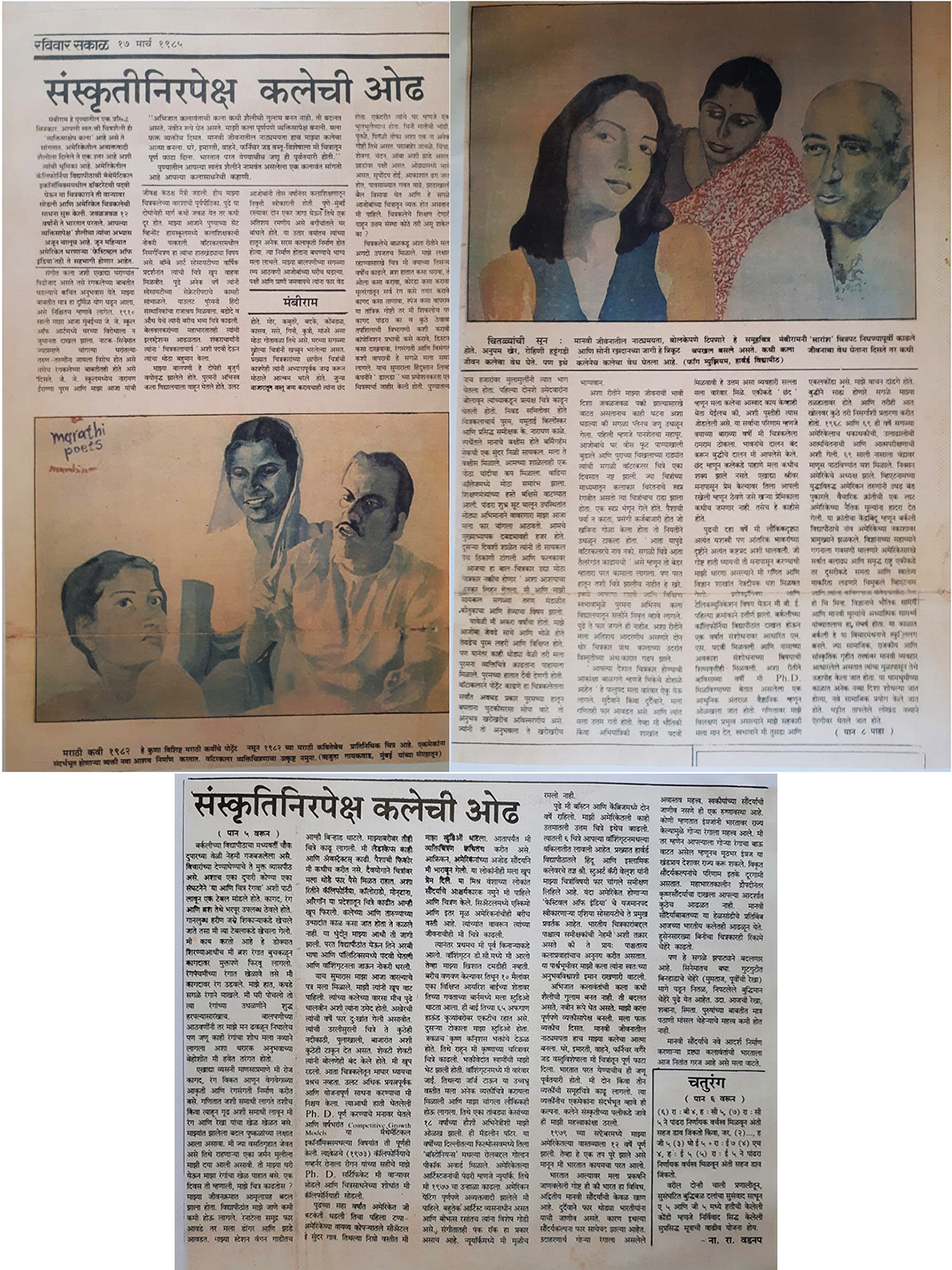“All my sweet memories of childhood revolved around my grandfather’s house. He was a very gentle man and never lost his childlike innocence. He was fond of collecting birds and animals. He surrounded himself with a large family that included peacocks, doves, ducks, chicken, turtles, rabbits, guinea pigs, dogs, cats, etc. Every room of his house was full of paintings. He also had a very large collection of prints and cuttings out of magazines of the works of great masters of the past. All these he had meticulously pasted into oversized albums. Finding treasures in the junk market was another of his passions. For my child’s mind his house was indeed a living fantasy.
Inside the house he had rare china porcelain statues, brass cannons and trinkets. Outside the house he had a variety of trees: jamool, tamarind, sandalwood, mango, guava. There were birds in the trees and fish in the streams. The sun would rise, the clouds would gather, the grass would grow, the cattle would rest under trees. I watched my grandfather depicting all this in his paintings. Could there have been a better institute that I could have learnt art at ?
In this way I was initiated into art at a very early age. I made my first memorable picture when I was three. I learnt how to handle the brush, how to wet it, how to drain it, how to mix colours, stretch the paper, use the sponge. Besides these technicalities I had also figured out why and where to keep the paper blank, how to distribute the detail, how to make the composition effective, how to show distance, how to use colour harmony and colour contrast among other things.”

